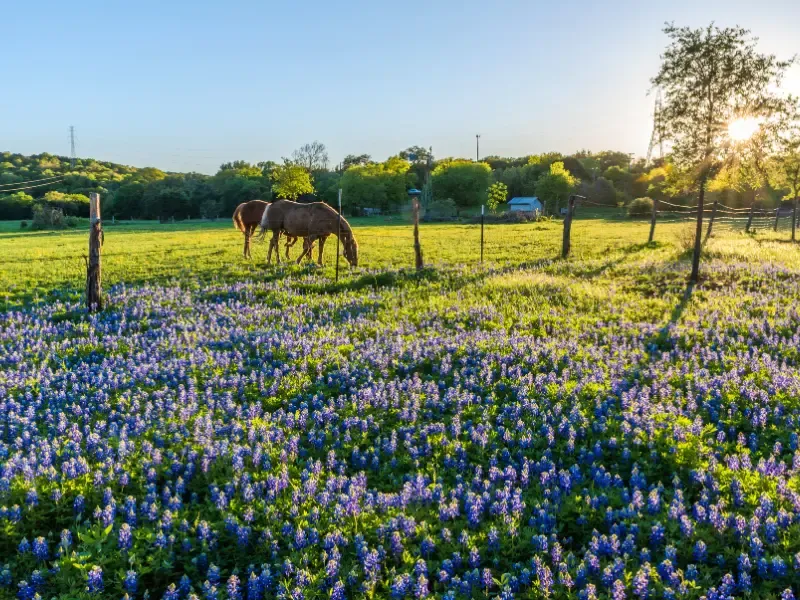
Tips on Preventing Founder on Spring Grass
Spring brings about a sense of renewal and growth, but for horse owners, it also signals the return of lush green pastures. While this may seem like a delight for our equine friends, it can pose a significant risk. Founder, also known as laminitis, is a painful and potentially debilitating condition that occurs when the sensitive laminae within the hoof become inflamed, often due to overconsumption of lush spring grass. Preventing founder in horses is crucial to keep them healthy.
Seasonal Adjustments for Preventing Inflammation
With proper management and awareness, you can help your horse navigate this seasonal challenge and enjoy spring safely. Here are some essential tips from Full Circle Equine to help you prevent founder on spring grass:
- Gradual Introduction: Abruptly transitioning your horse from a winter diet to spring pasture can shock their system and increase the risk of founder. Instead introduce them to grazing gradually, allowing their digestive tract time to adjust to the richer forage. Start with short turnout periods and progressively increase the time over several weeks.
- Keep an Eye on Grass Growth: Monitor the condition of where your horses graze. Spring grass can experience quick growth, which will increase your horse’s sugar content. This is a crucial trigger for the founder. Mowing or having your horses rotate where they graze regularly is recommended. Overall, the best method is to maintain grass at a manageable length to lower its sugar content.
- Monitor Your Horse’s Body Condition: Track your horse’s weight and body condition score to ensure a healthy weight. If your horse becomes overweight, it has a higher risk of developing its founder. It is best to put it on an exercise regimen and adjust its diet to prevent excessive weight gain.
- Adjust Grazing Time: You can implement controlled grazing by using a grazing muzzle or restricting access to pastures during peak sugar times, such as early morning or late afternoon. This is when sugar content is often highest. Consider a dry lot or provide different forage sources, such as hay, to supplement grazing needs.
- Exercise Regularly: Regular exercise helps improve circulation for hoof health and maintains weight, thus reducing the risk of founder. At Full Circle Equine, we suggest a consistent exercise routine that includes ridden work and turnout in a safe space.
- Provide Adequate Forage: Ensure your horse has access to high-quality forage daily to satisfy its natural grazing instinct and prevent overconsumption of spring grass. Several types of hay can help buffer the effects of rich pasture and promote healthy digestion.
- Consult with Full Circle Equine’s Team: If you are worried about your horse’s risk of founder or are unsure how to manage its diet, contact Full Circle Equine. Our expert equine veterinary team can provide personalized recommendations based on your horse’s individual needs.
- Consider Testing Your Grass: Did you know you can contact your state’s agricultural specialist for instructions on how to test your pasture? When your pasture is tested, it can determine what it needs, including the right amount of chemicals and how often it should be tested. This can give you peace of mind regarding where your horse decides to graze.
Preventing Founder in Horses and Other Tips with Full Circle
Implementing these tips and staying vigilant about your horse’s diet and lifestyle can help you navigate spring grass safely and reduce the risk of laminitis in your horse. At Full Circle Equine, we provide comprehensive support and care for horses. For more information on equine health and management, contact us today. Together, we can keep your horse happy, healthy, and thriving for years to come.